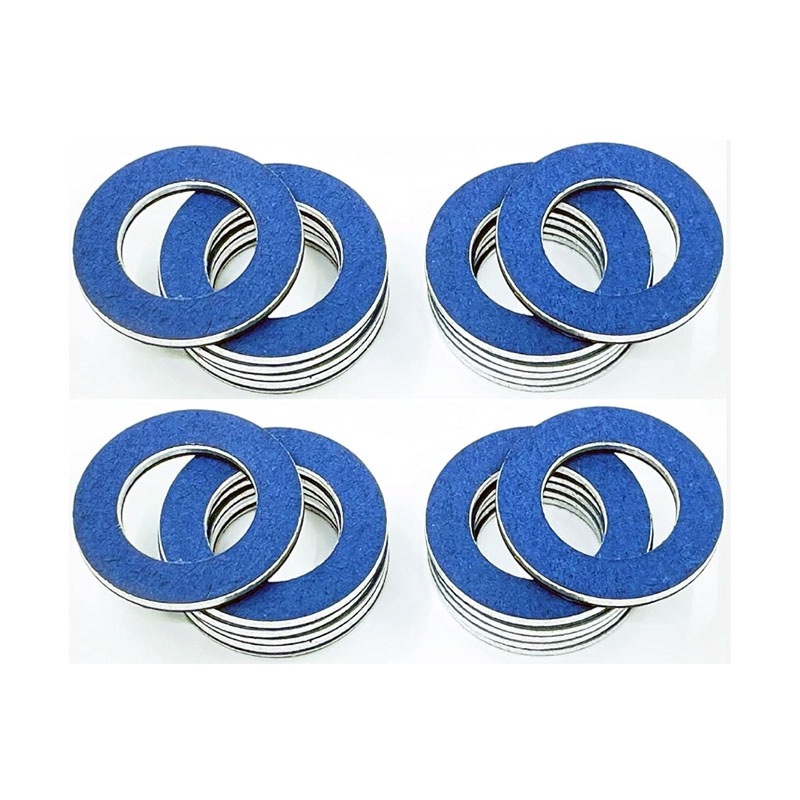Common Causes and Solutions for Oil Pan Seal Leaks in Vehicles
Understanding Oil Pan Seal Leaking Causes, Symptoms, and Solutions
The oil pan is a crucial component of any vehicle's engine system, serving as the reservoir for engine oil that lubricates various parts to ensure smooth operation. The oil pan seal, which is the gasket that keeps the oil contained within the pan, plays an essential role in preventing leaks. However, like many parts in a vehicle, it can wear out over time, leading to leaks. Understanding oil pan seal leaking is vital for vehicle maintenance and can help prevent severe engine damage.
Causes of Oil Pan Seal Leaking
There are several reasons why an oil pan seal might leak. One of the primary causes is age and wear. Seals and gaskets are typically made of rubber or other materials that can degrade over time due to heat, pressure, and exposure to chemicals. When this happens, the seal can become brittle or cracked, leading to leaks.
Another common cause is improper installation. If the oil pan seal is not installed correctly during a repair or replacement, it may not create a proper seal, resulting in oil loss. Additionally, using the wrong type of sealant or not applying the recommended torque specifications can contribute to leaking.
Environmental factors also play a role in oil pan seal integrity. Extreme temperatures, both hot and cold, can cause materials to expand and contract, which can compromise the seal over time. Furthermore, exposure to oil or coolant leaks from other engine components can lead to premature wear of the oil pan seal.
Symptoms of a Leaking Oil Pan Seal
Identifying a leaking oil pan seal can be straightforward if you know the symptoms. One of the most apparent signs is the presence of oil puddles or spots under your vehicle. If you notice dark, greasy spots on your driveway or parking area, it is a strong indication that your engine is leaking oil.
oil pan seal leaking

Another symptom is low oil levels. If you frequently have to top off your engine oil, it may suggest that your oil pan seal is failing. Over time, low oil levels can lead to significant engine problems, including overheating and increased wear on engine components.
Additionally, you may notice oil stains on the oil pan itself or around the edges where the seal sits. Sometimes, you might even see oil mist or splatter in the engine compartment due to the high-pressure environment within the engine.
Solutions to Oil Pan Seal Leaking
If you suspect that your oil pan seal is leaking, it’s important to address the issue promptly. The first step is to confirm the source of the leak. This can often be done visually, but in some cases, professional diagnosis may be necessary.
Once the leak is confirmed, the resolved solution typically involves replacing the oil pan seal. This task can be relatively straightforward for experienced DIY mechanics, but it often requires draining the oil first and may involve removing the oil pan itself. For those less familiar with vehicle repairs, hiring a professional mechanic is advisable to ensure the repair is done correctly and safely.
In some cases, if the leak is minor, using a sealant specifically designed for oil leaks might offer a temporary fix. However, this should not replace proper repairs, as it may only delay the issue.
Conclusion
An oil pan seal leak can lead to significant problems if not addressed promptly. By understanding the causes, symptoms, and solutions for oil pan seal leaking, vehicle owners can take proactive steps to maintain their engines and avoid costly repairs. Regular maintenance and inspections can go a long way in detecting leaks early, ensuring that your vehicle remains in good working order for years to come.
-
Simplifying Oil Changes: A Comprehensive Guide to Oil Drain Plugs and Their Variants
News Aug.04,2025
-
Mastering Oil Drain Maintenance: Solutions for Stripped, Worn, and Upgraded Oil Plugs
News Aug.04,2025
-
Fixing Oil Pan Plug Issues: Leaks, Stripped Nuts, and the Right Replacement Solutions
News Aug.04,2025
-
Everything You Need to Know About Oil Drain Plugs: Sizes, Fixes, and Upgrades
News Aug.04,2025
-
Choosing the Right Oil Drain Plug: A Guide to Sizes, Materials, and Drain Innovations
News Aug.04,2025
-
A Complete Guide to Automotive Drain Plugs: Types, Problems, and Innovative Solutions
News Aug.04,2025
-
The Ultimate Guide to Car Repair Kits: Tools and Essentials Every Driver Should Own
News Aug.01,2025
Products categories















